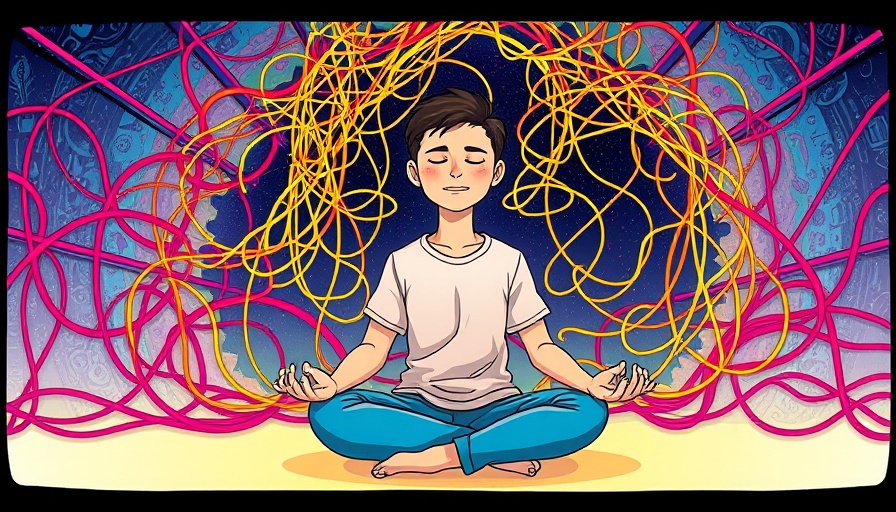
Discover the Calming Power of a 10-Minute Body Scan
In our fast-paced world, finding time for mindfulness can feel impossible. But incorporating a simple 10-minute body scan meditation into your routine can support mental clarity and emotional balance. This practice invites you to tune in to your body, observe sensations, and cultivate awareness. It encourages a deeper connection to the present moment, relieving stress and anxiety while enhancing self-compassion.
What is a Body Scan Meditation?
A body scan meditation is a focused exercise where you bring your attention to different parts of your body, noticing sensations such as tension, warmth, or even absence of feeling. This practice is rooted in mindfulness, often associated with yoga and meditation traditions. It trains your mind to observe without judgment, allowing you to release accumulated stress and pent-up emotions. During this 10-minute meditation, you will progressively relax your body, starting from the feet and moving upward through the head.
Step-by-Step Guide to the Body Scan
To begin the 10-minute body scan, find a quiet and comfortable place where you won’t be disturbed. You can either lie down or sit in a chair, whatever feels most comfortable for you.
1. Start by closing your eyes and taking a few deep breaths, focusing on the rise and fall of your breath.
2. Gently shift your attention to your left foot, and notice any sensations. Move up your leg, exploring each area until you reach your hips.
3. Transition to your right foot and leg, following the same pattern of awareness.
4. Continue this process as you move your attention through your pelvis, abdomen, back, chest, shoulders, arms, hands, and finally your head.
5. As you scan, remember to simply acknowledge sensations without trying to change them.
The Impact of Mindful Movement: Mindfulness in Yoga
Mindful yoga incorporates principles similar to those found in body scan meditation. By focusing on your breathing and being aware of how your body moves, you enhance your physical practice while nurturing a more profound sense of peace. Research shows that participants who regularly engage in mindfulness practices, including mindful body yoga, report lower levels of stress and improved mental well-being.
Benefits of Practicing Mindful Body Yoga
Integrating mindful techniques into yoga offers numerous benefits, including improved emotional regulation, increased body awareness, and enhanced self-acceptance. Mindfulness encourages you to engage deeply with each pose, rather than mechanically moving through your practice. This creates space for healing and self-discovery.
Common Misconceptions About Mindfulness Practices
Many believe that mindfulness is only for spiritual or meditative pursuits, but its principles can seamlessly blend into daily life and activities like yoga. Others might think mindfulness requires immense time and focus; however, even brief, dedicated moments can yield significant benefits. By adopting a relaxed, inquisitive attitude towards your thoughts and sensations, you can experience transformations that enhance both mental and physical health.
The Future of Mindfulness in Everyday Life
As we continue to learn about the positive impacts of mindfulness, more people are drawn to its practices, whether through yoga, meditation, or other methods. Future trends indicate that technology may offer innovative ways to engage with mindfulness—imagine apps that guide you through mindful body scans in real time, wherever you are. This evolution is another step towards making mental well-being accessible to all.
By dedicating just 10 minutes of your day to a body scan meditation, you can cultivate a deeper understanding of yourself and nurture a compassionate relationship with your body and mind. The approach of tuning into one’s self encourages resilience and enhances the quality of life. Try it today and discover the transformative effects it can have on your holistic well-being!
Ready to explore mindfulness further? Dive into our other resources and courses designed to deepen your experience and knowledge of mindful yoga and meditation. Embrace this opportunity for a healthier future for your mind and body.
 Add Row
Add Row  Add
Add 




Write A Comment